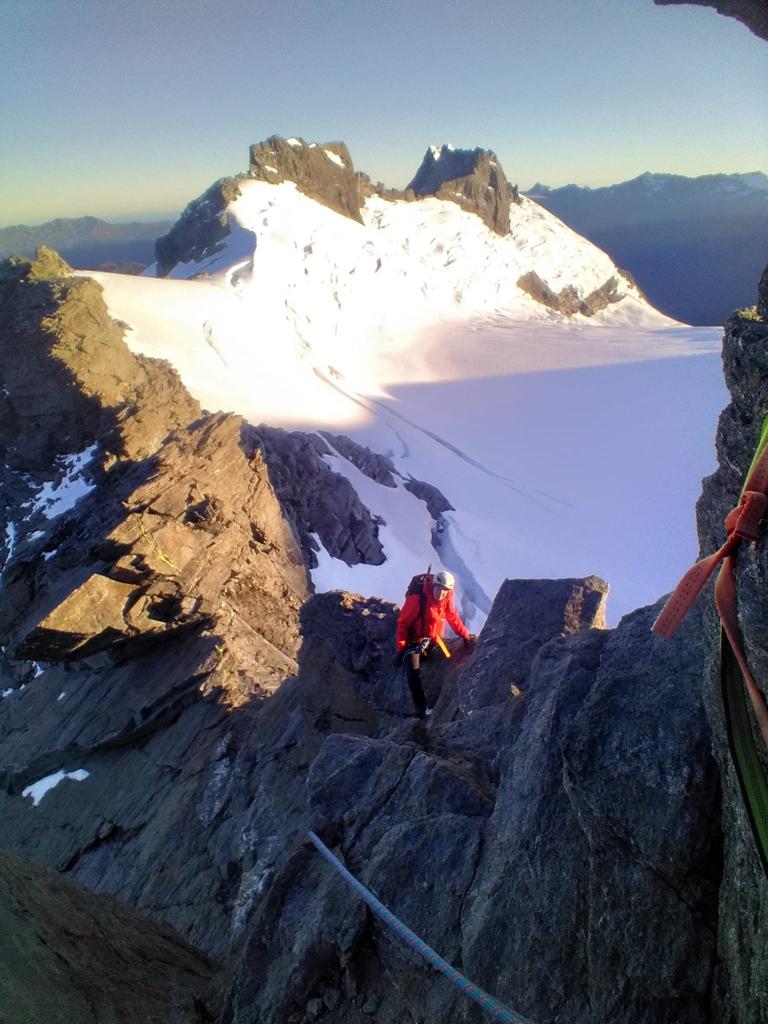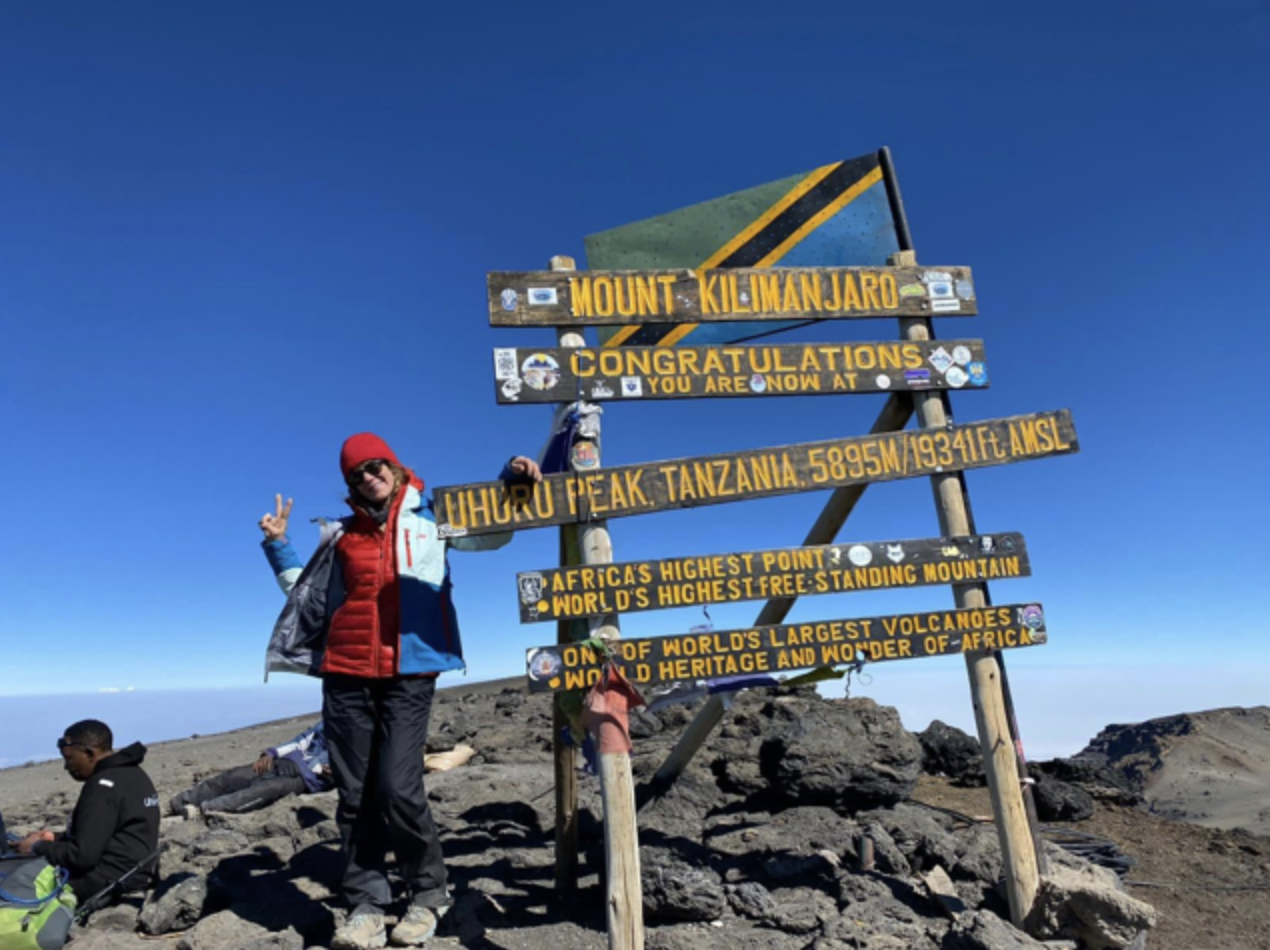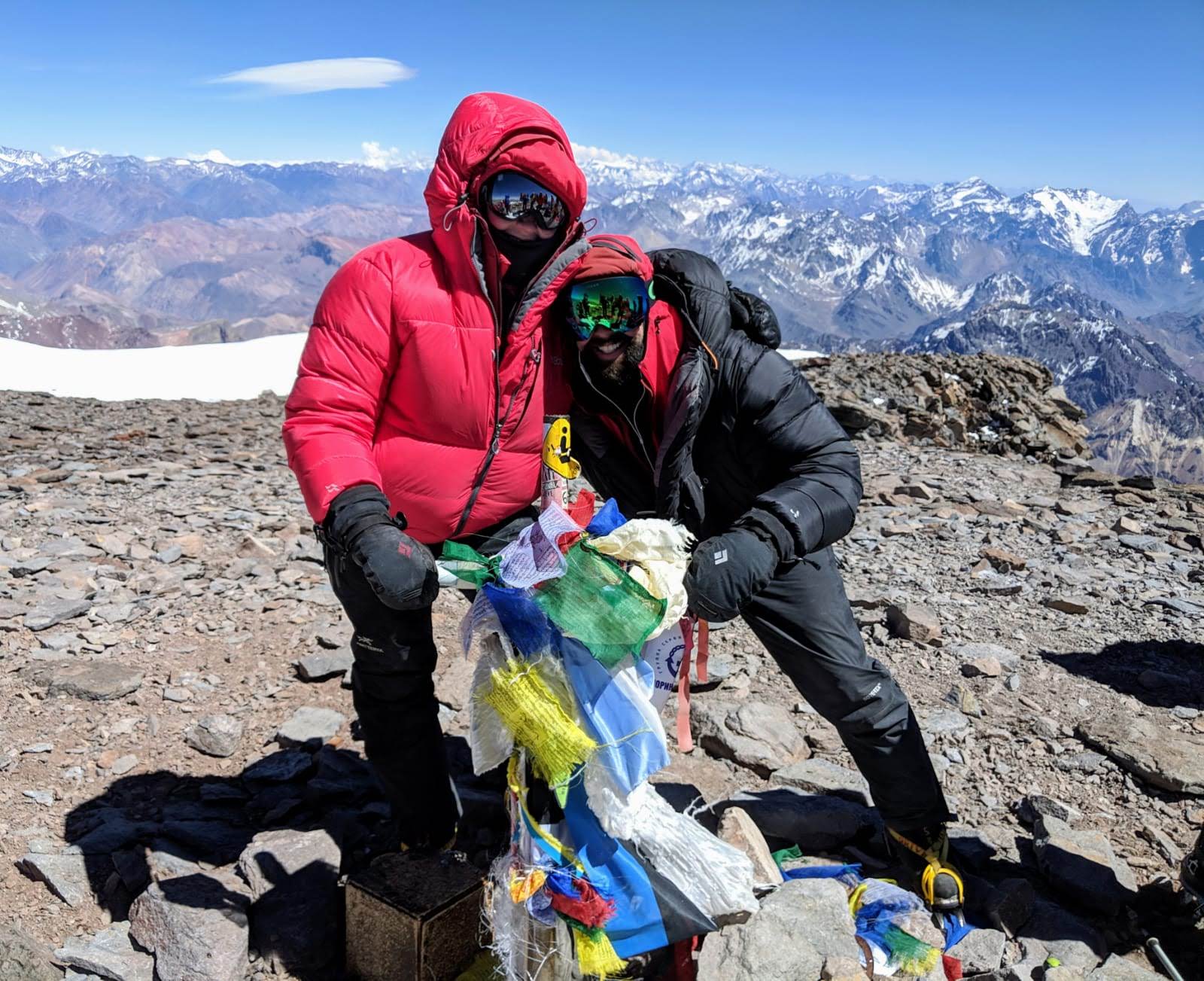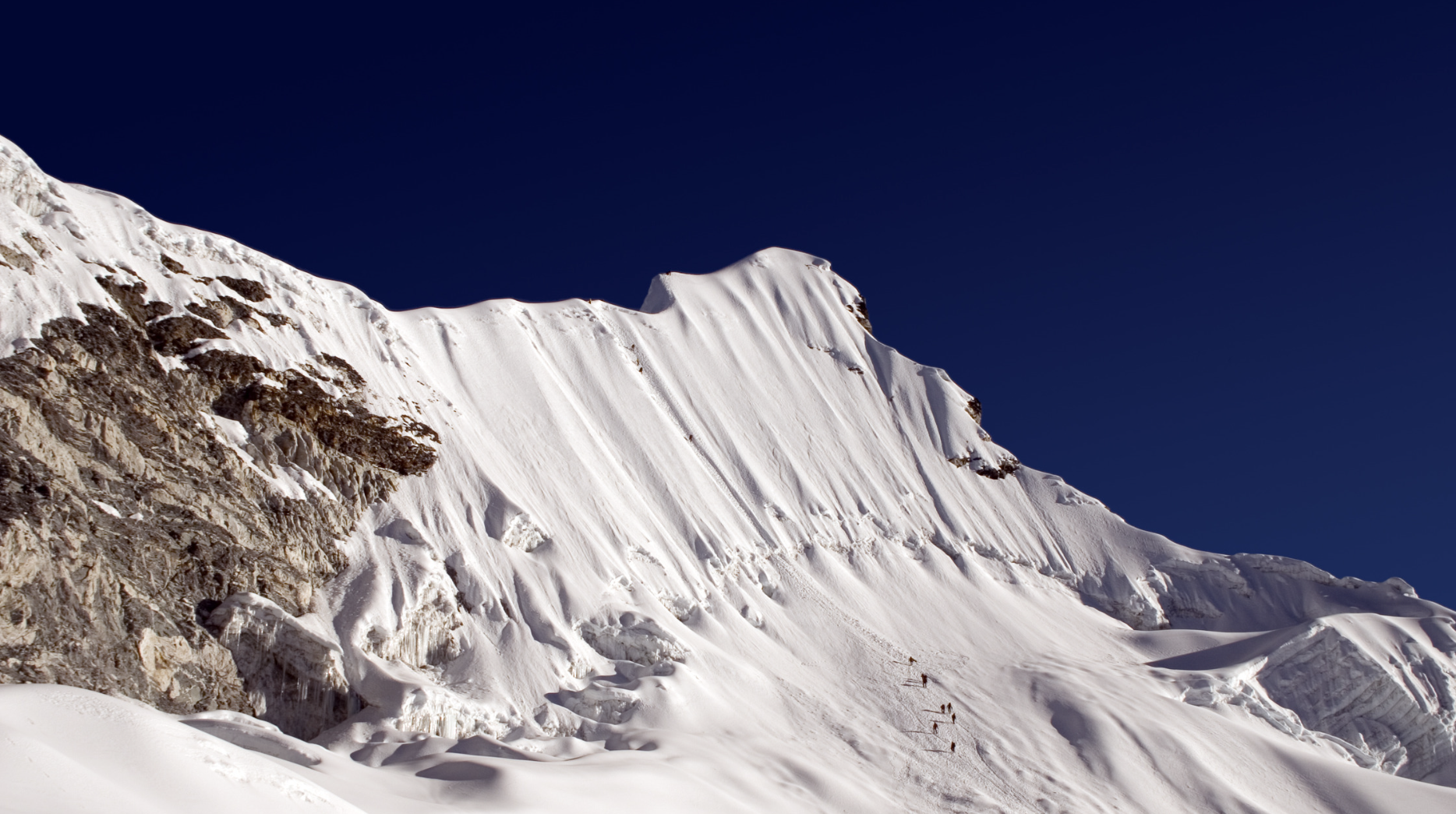I covered this topic very briefly in the Mountaneering Training Webinar last week, and it got me thinking…
It’s all very well, me sharing loads of useful mountain-specific training advice on here, but there is an aspect of training that I’m yet to talk about. An aspect that initially looks very alluring in the form of training more but tends to end up being a trap that people struggle to get out of…
It’s called over-training.
Unfortunately, a lot of people have the “more is better” mentality when it comes to training and don’t truly understand the concept of how to actually get fitter. The journey to endless endurance and speed is not a smooth, straight upwards trajectory; it is a slow and staggered step-like line that over time will move you from your start to your summit.
Over-training, in its simplest definition, is training too much for too long. Here’s what that will look like with the five most common signs of over-training:

The 5 Most Common Signs of Over-Training
1. Persistent fatigue and lack of energy
Here’s what this looks like: You wake up feeling drained, even after a full night’s sleep, and find it challenging to muster the usual enthusiasm for your workouts. Even after a few rest days, your energy levels remain low, and you feel inexplicably tired throughout the day
2. Decreased performance and plateauing in training progress
Here’s what this looks like: You used to make steady gains in your strength and endurance, but suddenly, you notice your performance has hit a plateau. Your usual pace has stagnated, and no matter how hard you push yourself, progress seems to elude you, leaving you frustrated and questioning whether you’re doing “enough.”
3. Frequent muscle soreness and slower recovery times
Here’s what this looks like: In the past, a day or two of rest was enough for your muscles to bounce back. But, recently, you find yourself experiencing persistent low-level muscle soreness that makes you feel sluggish and weirdly heavy – not in terms of weight but like gravity has done a number on you.
4. Irritability and difficulty sleeping
Here’s what this looks like: Small inconveniences that usually wouldn’t bug you suddenly seem to trigger mood swings, leaving you feeling emotionally drained. Even worse, your sleep has been disrupted, and you struggle to fall and stay asleep, further impacting your overall well-being, both mentally and physically.
5. Increased susceptibility to injuries and illnesses
Here’s what this looks like: It feels like you’re constantly nursing aches, pains, or even minor injuries. A nagging knee pain that won’t go away or a recurring shoulder strain keeps sidelining you from training. Moreover, you find yourself catching colds or infections more frequently, a sign that your immune system and nervous system are not functioning optimally.
These 5 signs occur when we push our bodies past their limits without allowing them enough time to recover. It’s like trying to sprint a marathon, and let me tell you, it ain’t pretty or fun. Our muscles, nervous system, and overall performance take a serious hit when we don’t structure our training load and recovery properly.
But the thing is, I completely get why people find themselves in this situation.
When people are unsure whether they’re doing enough when it comes to mountaineering training for their high altitude route/peak, they either do one of two things:
1. Throw in the towel to daily excuses and technically under-train for the challenge they have planned or,
2. They go full throttle in every way possible and find themselves exhausted, depleted, but worst of all, in no way fitter/stronger despite putting immense amounts of effort into their training.
The thing is, neither option is going to get you fit enough or strong enough for your high altitude trek/expedition, but both options will absolutely leave you feeling frustrated and stuck.
If that’s you, then I’d love to help.
I offer 1:1 coaching programs that combine high altitude training principles with the five crucial cardiovascular and muscular systems that are specific to mountaineering and trekking. As a result, my clients leave for their high altitude pursuits fitter, stronger, and lighter than they ever have been before.
Imagine getting to the summit feeling powerful, strong, and limitless in your energy and strength reserves. That, my friend, is the normal summit story I hear from my clients after they’ve completed a coaching program with me.
You can have that too. If you see yourself on your summit or at the end of your trek feeling strong, empowered, and full, then let’s chat, and I’ll show you how to get there. Click here to book in a call with me.
This 30-min call will be entirely focused on you, where you currently are, and where you need to be to safely and successfully reach your summit or complete your trek. During this powerful conversation, I’ll show you how the five aspects of my coaching programs weave together to form a strategic, structured, and definitive roadmap to getting you ridiculously fit and ultimately, to your summit.
Without ever worrying about under-training or over-training.
Chat to you on the other side ❤️

If you’re not ready to chat with me just yet then I have a FANTASTIC alternative for you…
Subscribe now to my exclusive newsletter, “The Summit Seeker’s Dispatch,” and unlock a world of weekly expert high altitude advice and best practices. Delve into the realms of training, nutrition, altitude, and gear, all meticulously tailored to empower you in becoming fitter and stronger for your next awe-inspiring high altitude endeavour.
See you there ❤️





